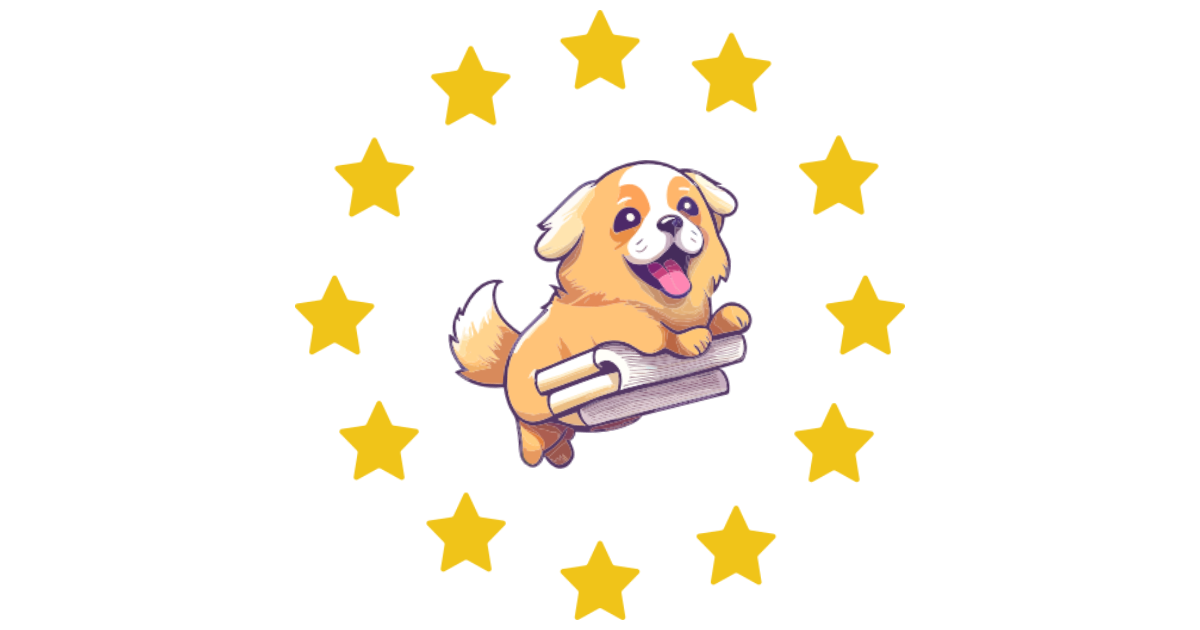Navigating the digital world's privacy landscape can be daunting, especially when it comes to understanding Data Subject Access Requests (DSARs). If you're wondering what DSAR compliance involves, you're not alone. It's a crucial aspect of data protection that affects businesses and individuals alike.
DSAR compliance means adhering to the rules that allow individuals to request access to their personal data held by an organization. It's a key component of privacy laws like GDPR in the EU and CCPA in California. Ensuring your organization is DSAR compliant not only protects you from hefty fines but also builds trust with your customers. Let's dive into what this compliance entails and why it's vital for your business.
Understanding DSAR Compliance
When you're navigating the terrain of digital privacy, understanding DSAR compliance is a cornerstone. At its core, DSAR compliance means you're recognizing and honoring the right individuals have to access their personal data. This isn't just a good practice; it's a legal requirement in many jurisdictions, including the European Union under GDPR and California under CCPA.
DSARs, or Data Subject Access Requests, empower individuals to request a copy of the data an organization holds about them. It's not just about accessing this data; individuals can also ask how their data is being used, who it's being shared with, and the purposes of such processing. For your organization, this means having efficient, transparent processes in place to handle these requests within the stipulated deadlines. Under GDPR, for example, organizations have exactly one month to respond to a DSAR.
Here's a quick breakdown of key compliance requirements:
- Prompt Response: Ensure systems are in place to respond within the legal timeframe.
- Verification: Implement procedures to verify the identity of the individual making the request.
- Data Management: Maintain organized data systems to swiftly locate and provide the requested data.
- Transparency: Be clear about how you use personal data and who it's shared with.
Failure to comply with DSAR requirements can result in significant fines. Under GDPR, organizations can be fined up to 4% of their annual global turnover or €20 million, whichever is higher. Beyond the financial implications, non-compliance can damage your organization's reputation and erode trust with your customers.
Implementing a comprehensive DSAR compliance strategy isn't just about avoiding penalties; it's a step towards building a more transparent, trust-based relationship with the individuals whose data you handle. As privacy concerns continue to command public attention, demonstrating your commitment to data protection is more important than ever.
Importance of DSAR Compliance

Understanding the importance of DSAR compliance is crucial for businesses aiming to maintain trust and integrity in the digital age. In an era where data breaches are not uncommon, ensuring your customers' personal information is handled with care is more important than ever. Compliance with DSARs is not just about adhering to legal requirements; it's an opportunity to build a stronger relationship with your customers.
When you comply with DSAR requests promptly and efficiently, you're conveying a message that you value your customers' privacy and are committed to protecting their data. This level of transparency and responsiveness can significantly enhance your brand's reputation. Remember, a business that respects customer privacy attracts more loyalty and trust.
Moreover, DSAR compliance is legally mandatory in many jurisdictions. For instance, under the GDPR in the European Union and the CCPA in California, failure to comply with DSAR requests can result in hefty fines. Below is a table summarizing potential fines under these regulations:
| Regulation | Maximum Fine |
|---|---|
| GDPR | €20 million or 4% of annual global turnover, whichever is higher |
| CCPA | $7,500 per violation |
Aside from avoiding financial penalties, being proficient in handling DSARs can streamline your data management processes. It forces your organization to keep a tight rein on the personal data you collect and store, minimizing the risk of data breaches and unauthorized access.
Effectively managing DSAR compliance is not merely about fulfilling a legal obligation; it's a strategic asset that can differentiate your business in a competitive market. By valuing your customers' privacy rights, you're not just complying with the law, you're setting a standard for excellence in data protection.
Key Aspects of DSAR Compliance

Understanding the key aspects of DSAR compliance is crucial for your business to navigate the complexities of data privacy regulations effectively. By focusing on these core elements, you'll ensure not only legal compliance but also foster trust and strengthen relationships with your customers.
First and foremost, timeliness in responding to DSARs is paramount. Regulations such as GDPR and CCPA set specific time frames for responses, typically within one month of receipt of the request. This period might extend under certain circumstances, but prompt action is always recommended to demonstrate your commitment to privacy.
Verification of the individual's identity making the DSAR cannot be overlooked. You must ensure that the requestor is indeed the person they claim to be to prevent unauthorized disclosure of personal information. Employing robust verification processes protects both you and the data subjects from potential data breaches.
Accessibility of the process plays a significant role in DSAR compliance. Your procedures for submitting a DSAR should be straightforward, clearly explained, and easily accessible on your website. This transparency not only aligns with legal requirements but also enhances the customer experience by making it simpler for individuals to exercise their rights.
Finally, record-keeping is essential for demonstrating compliance to regulatory bodies. You should maintain detailed logs of DSARs received, including the date of the request, actions taken, and the eventual outcome. This documentation will be invaluable not only in the case of an audit but also for your internal review and process improvement efforts.
By centering your DSAR handling process around these key aspects, you'll not only comply with the letter of the law but also with its spirit, reaffirming your business's dedication to data privacy and security.
How to Achieve DSAR Compliance

Achieving DSAR compliance isn't just about ticking boxes. It's a comprehensive process that involves several strategic steps. To start, you'll need to ensure your team is fully aware of what a DSAR is and the legal obligations surrounding them. Training is crucial. Without a well-informed team, your compliance efforts might fall short.
First things first, establish a clear DSAR process. This means having a procedure in place for recognizing and promptly responding to access requests. This process should be easily accessible not just to your team, but also to the customers making the requests. Transparency here is key. You'll need to ensure that anyone can easily request their data without hitting roadblocks.
Identification and verification play a major role in DSAR compliance. When a request is made, verifying the identity of the requestor to protect customer data from unauthorized access is essential. Implement secure and privacy-respecting methods to do this. Failure to properly verify can lead to data breaches, so take this step seriously.
Here are key response timeframes you should be aware of, according to GDPR and CCPA regulations:
| Regulation | Response Timeframe |
|---|---|
| GDPR | 1 month |
| CCPA | 45 days |
Additionally, maintaining detailed records of DSARs is not optional; it's a necessity. These records will not only help you monitor compliance but also improve your processes over time. They serve as proof of your diligence in the face of regulatory scrutiny.
Automation can be a game-changer in managing DSAR requests effectively. Consider utilizing software that streamlines the identification, processing, and response to requests. Automation can significantly reduce human error and increase efficiency, making compliance easier to achieve and maintain.
Remember, DSAR compliance is an ongoing journey. Regularly review and update your processes in response to new regulatory guidance, technological advancements, and lessons learned from past requests. This proactive approach will not only keep you compliant but also strengthen trust with your customers.
Conclusion
Navigating DSAR compliance is crucial for your business's success in today's digital landscape. By focusing on the key elements of timeliness, identity verification, process accessibility, and record-keeping, you're not just adhering to regulations but also building a foundation of trust with your customers. Remember, training your team and leveraging automation can significantly streamline your DSAR management process. As privacy regulations evolve, so should your approach to DSAR compliance. Stay ahead by continuously updating your processes and ensuring your business remains a trusted entity in the eyes of your customers and the law.












